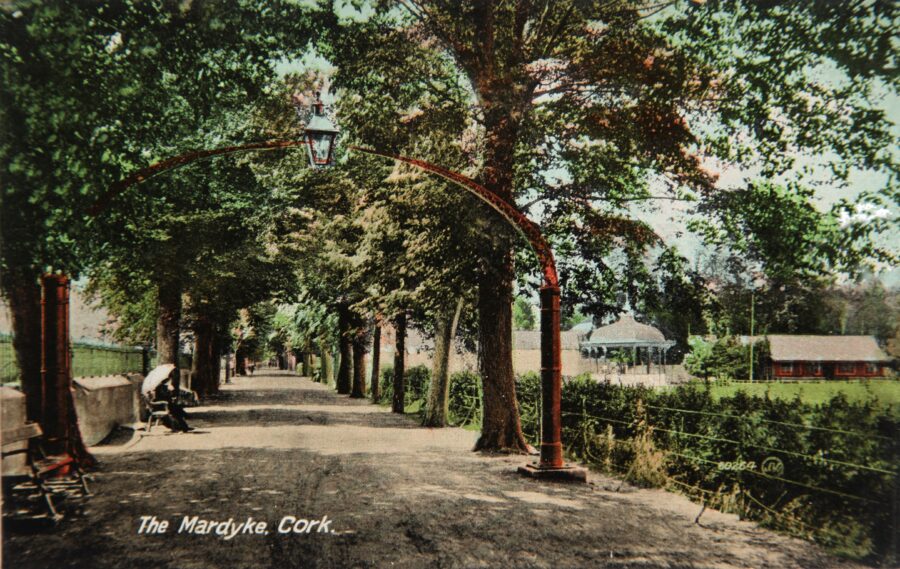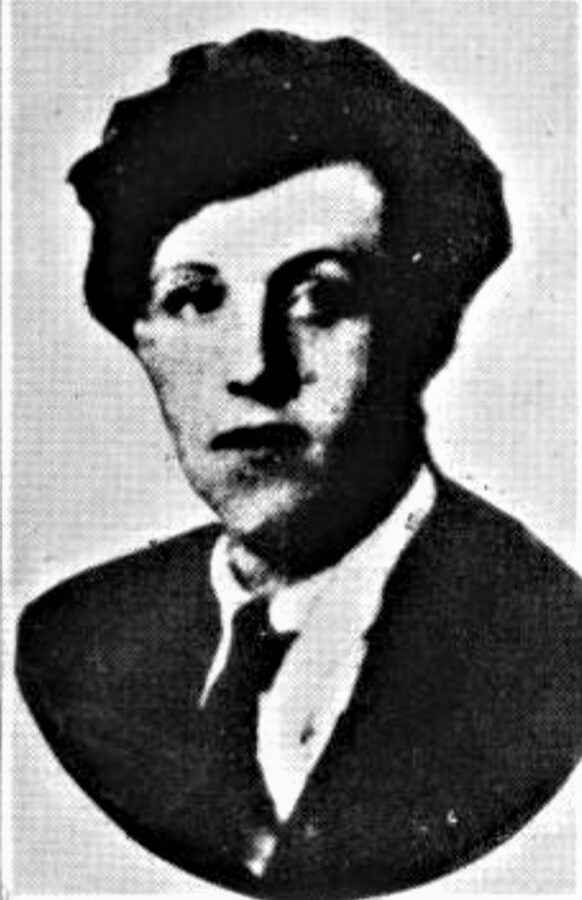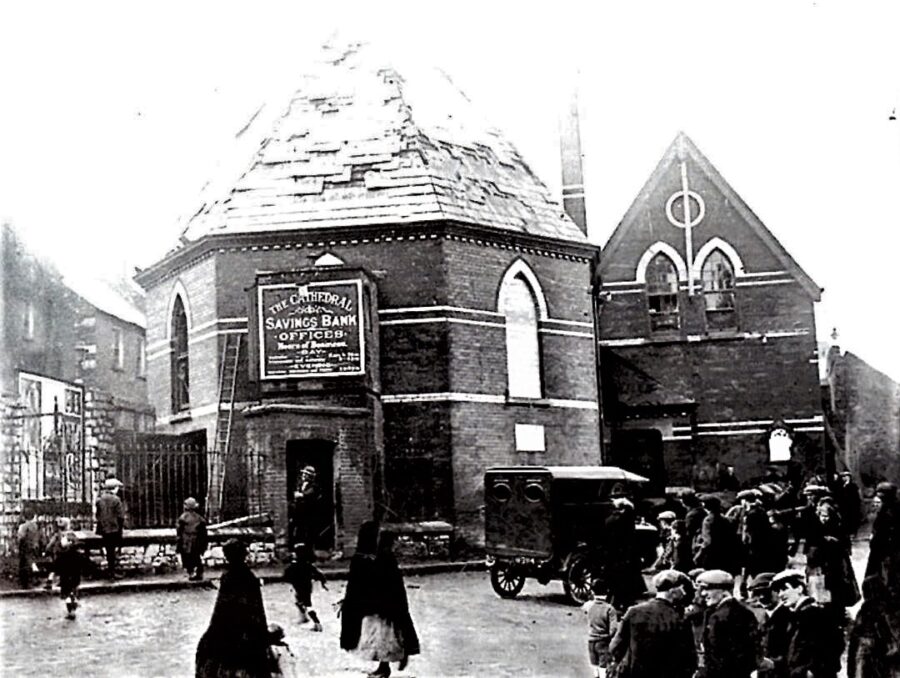
Kieran’s Our City, Our Town Article,
Cork Independent, 30 March 2023
Recasting Cork: Public Health and the Cost of Living
February and March 1923 coincided with a number of important reports published in the Cork Examiner on daily life in Cork. In late February, at a Cork Corporation Public Health Committee, Dr D Donovan reported that 71 case of diphtheria had been notified as against 29 cases the previous year. Dr Donovan commented that the Corporation was partly responsible for its spread through improper dumping of refuse in suburban locations. Cork Corporation was heavily dependent upon heavy rain to clean the streets and wash the sewers.
Conditions of sites such as the Mardyke stream were commented on by the Public Health Committee. A sum of £2,000 had been spent on improving it but the bed of the stream was in a poor state. At a late March 1923 meeting, the Corporation’s City Water Analyst, Mr D J O’Mahony, reported on the analysis of water supplied to him. One sample taken at 5 Anderson’s Quay came back as being of the lowest drinking quality. The principal problem was that the river water was being contaminated upstream by the growing number of houses in the River Lee valley and its tributaries.
On 22 March 1923, a committee of the Commission on Prices appointed by Dáil Éireann sat at Cork Courthouse to inquire into the current cost and profits of foodstuffs, including meat, bread and flour, milk and potatoes, vegetables, fruit, porter and stout. There was a general concern that the cost of living was higher in Cork that in any city in the Irish Free State or in Great Britain. The Commission wished to interview interested citizens so that the exact facts could be brought to the fore.
The members of the committee present were Messrs C K Murphy (chairman), George Murphy, and Miss E Lyndon. A number of volunteer witnesses were called. Many noted that prices varied across the city especially vegetables. Some of the findings, which emerged, found that that the price of local food commodities were not fixed, but were dependent a good deal on locality and the state of mind of the vendor. Two housekeepers, who gave evidence before the Committee noted that in their experience prices varied very much, and especially the prices for meat in the Grand Parade Market. One witness noted that she sought a piece of mutton and she was asked 1s 8d at one stall, 1s. 10d at another, but eventually she bought mutton at a third stall for 1s 6d.
One of the witnesses said she found that some articles of food were always much cheaper in St Patrick’s Street than in some other parts of the city, her opinion being that shopkeepers elsewhere put on a few pence per pound for conveying food stuffs to her suburban district.
In the same week as the sittings of the food commission, the annual public meeting of the Cork Child Welfare League was held at the Victoria Hotel. Established in 1918, it was funded by public subscription with the main bulk of funding coming from Cork Corporation, Roman Catholic Bishop Daniel Cohalan and a fundraising committee within Ford tractor works.
For over five years the League had been working closely with families in Cork districts where the mortality rates amongst children was high and where the purchase of foodstuffs was limited. The chairman Mr J M White commented that the League had been very useful over its time. For seven years previous to the formation of the League the annual child death rate was 12 per cent, but five years after the formation of the League that rate had been reduced to 9 per cent. A total of 59 deaths were commented upon in the report with pneumonia and influenza being prominent causes.
The report detailed that overcrowding in housing was constantly increasing. Many houses were unfit for habitation and some really unfit. The report noted the need for a children’s care home – “a home for feeble-minded children is urgently needed in the city, where these little sufferers can get rest, quiet and sympathetic care”.
Unemployment was also commented on. It had caused much hardship and distress especially amongst women and children; “The women and children bear the brunt of the suffering, and the staple diet of many of them is bread and tea, and hardly enough of that. This is extremely bad for growing children, both mentally and physically, and it is important to expect a strong, healthy race when the youth of the nation, in addition to having its nerves shattered by the troublous times, is improperly nourished”.
A total of 1,108 babies and 213 ante-natal cases were added to the books of the League over the previous year. Over 7,659 infants were treated in three centres in the city over the 1922-1923 period, and over 2,000 mothers received advice. No less than over 7,247 visits were paid to the homes of mothers.
Many children who were left weak after influenza or measles were kept on milk by the League until they were restored to health. That was despite that over 93 per cent of the babies visited by the League were breast fed. Many parents were unable to afford the necessary quantity of milk and bread. A total of 404 families received 32, 926 quarts of milk and 1,744 pairs of bread at a cost of over £568.
Kieran’s April Tours (free, no booking required):
Saturday 1 April 2023, Shandon Historical Walking Tour,meet at North Main Street/ Adelaide Street Square, opp Cork Volunteer Centre, 2pm, in association with the Cork Lifelong Learning Festival.
Sunday 2 April 2023, The Cork City Workhouse; meet just inside the gates of St Finbarr’s Hospital, Douglas Road, 2pm, with the Cork Lifelong Learning Festival.
Saturday 15 April 2023, The Friar’s Walk; Discover Red Abbey, Elizabeth Fort, Barrack Street, Callanan’s Tower & Greenmount area; Meet at Red Abbey tower, off Douglas Street, 2pm.
Caption:
1195a. The Mardyke, Cork, c.1900 (source: Cork Public Museum).



